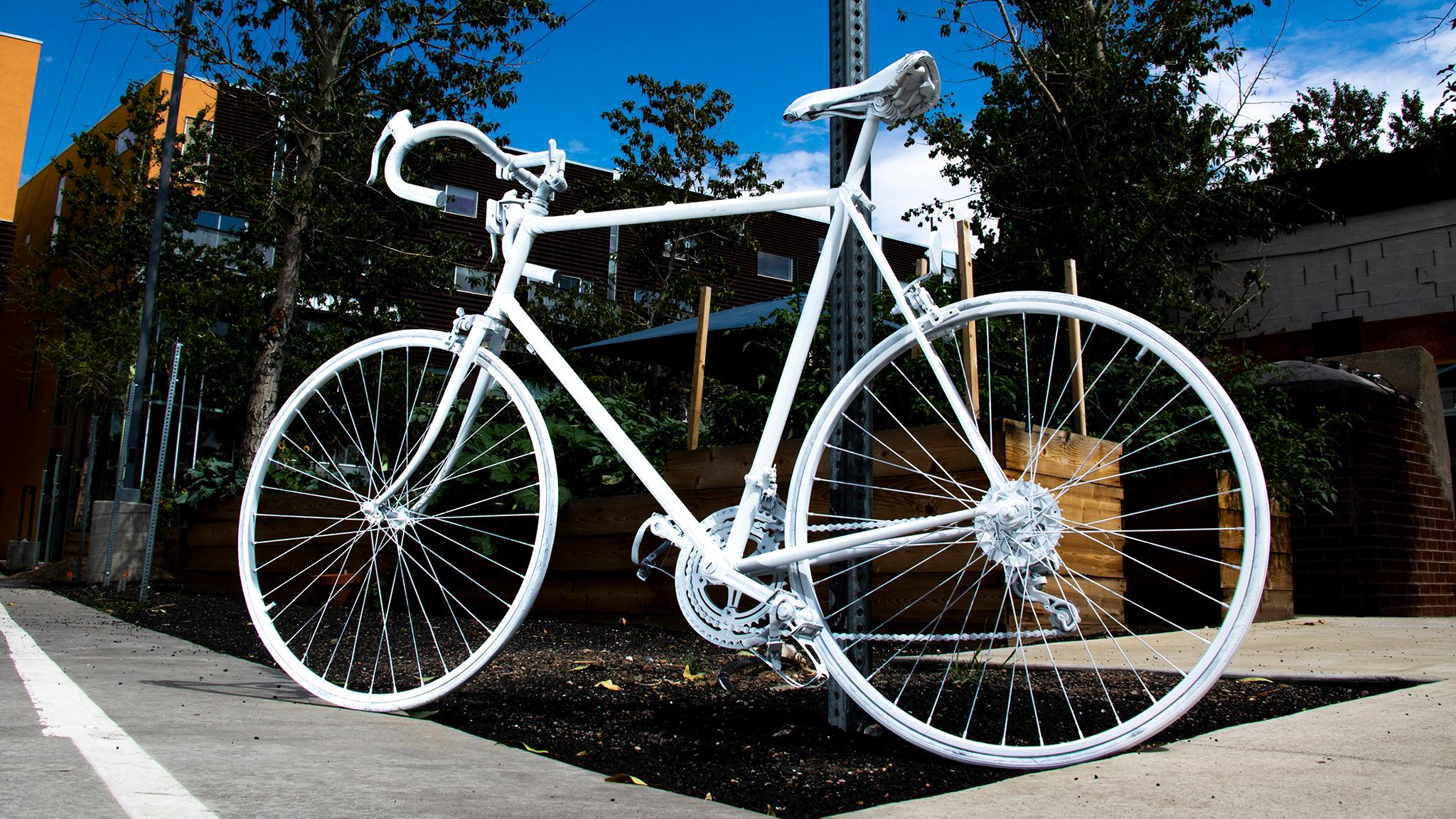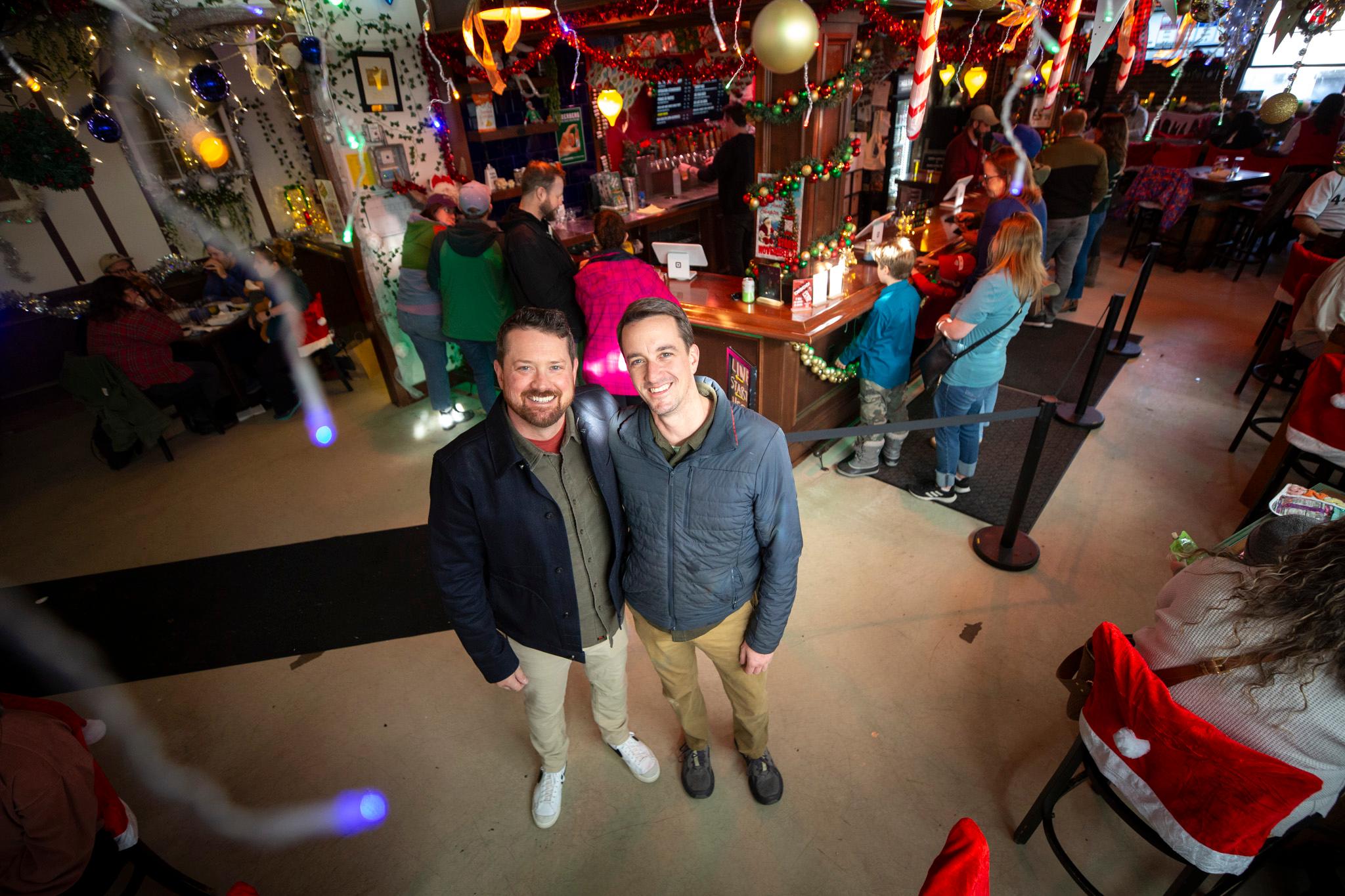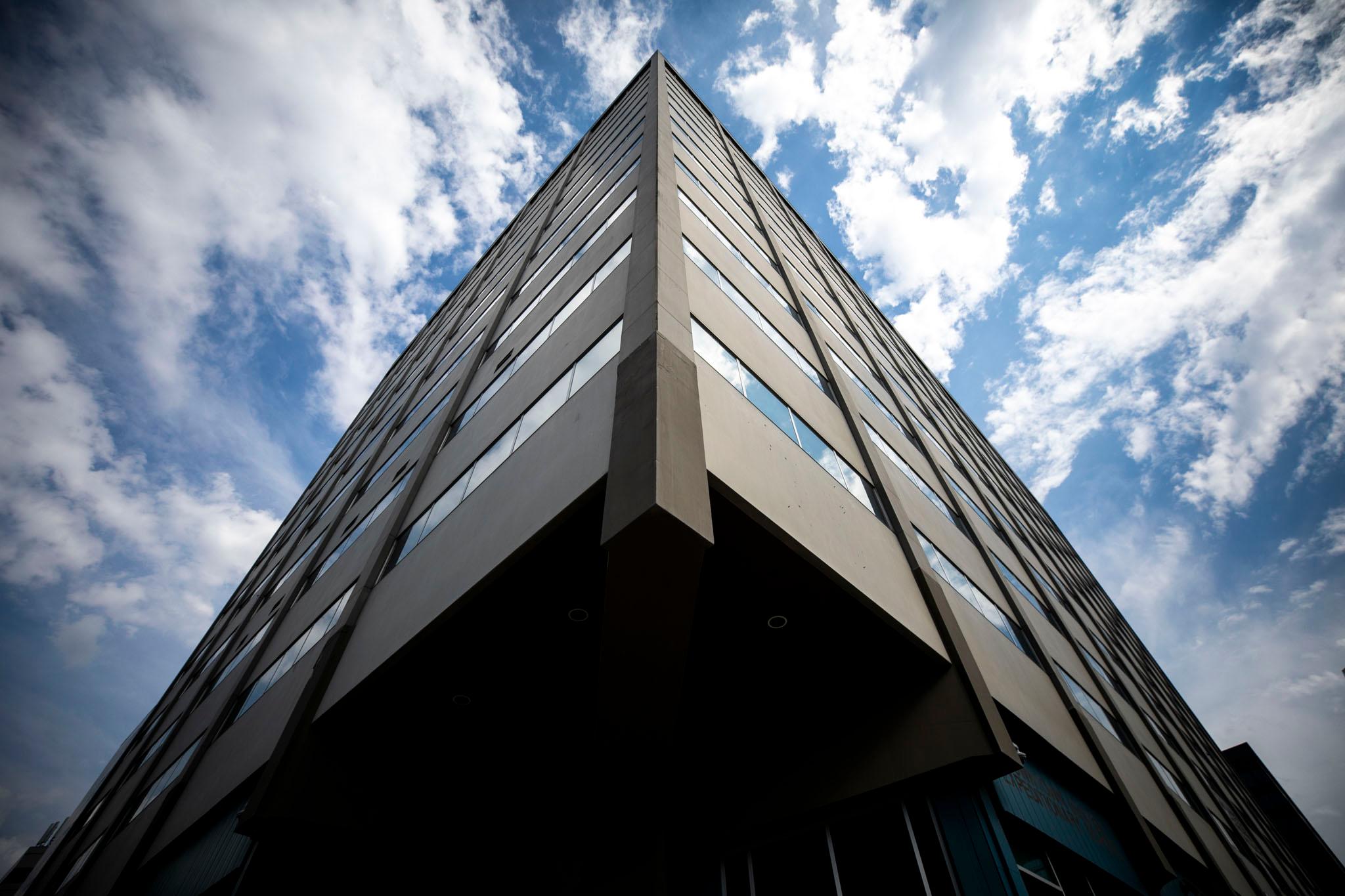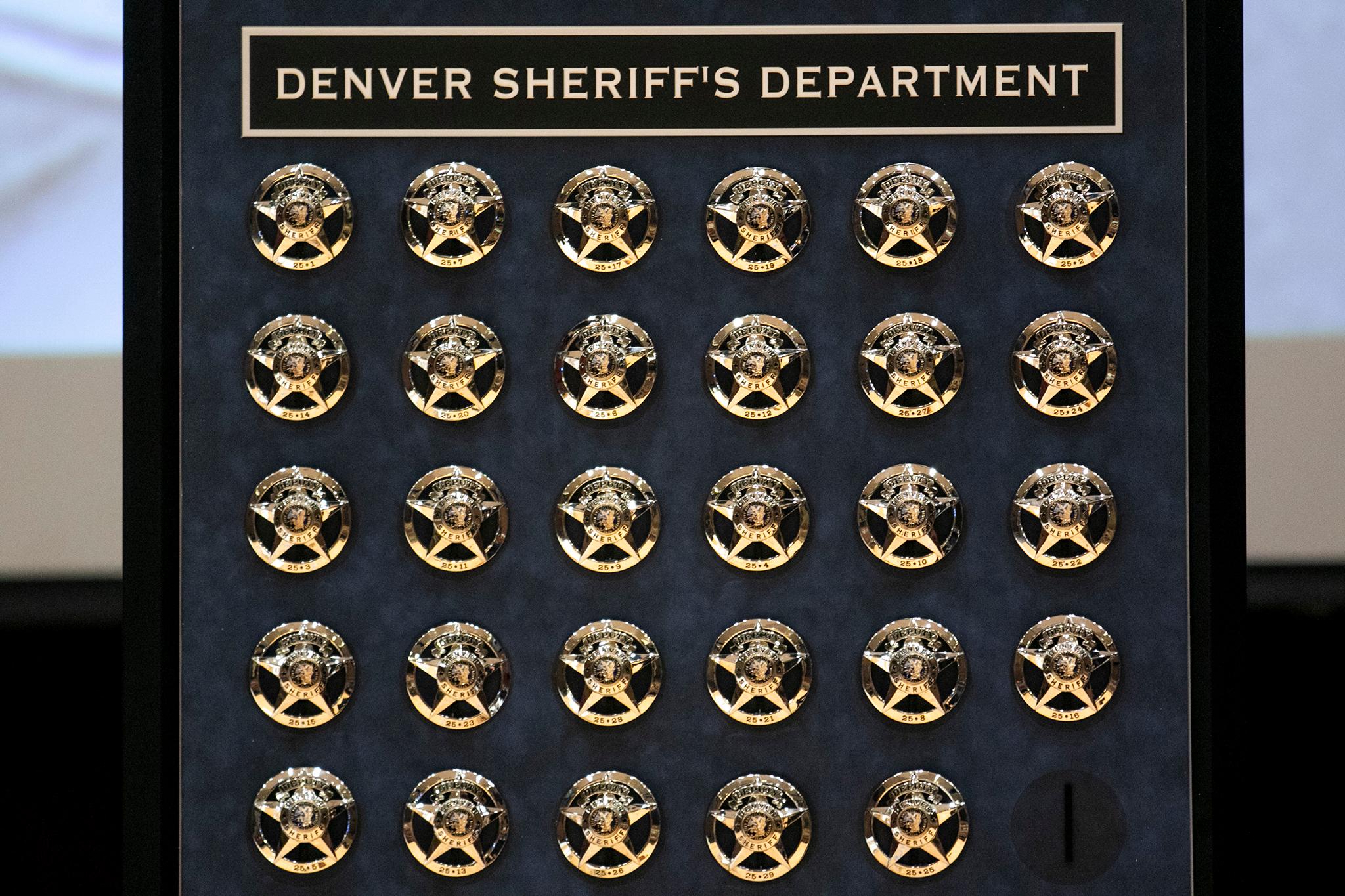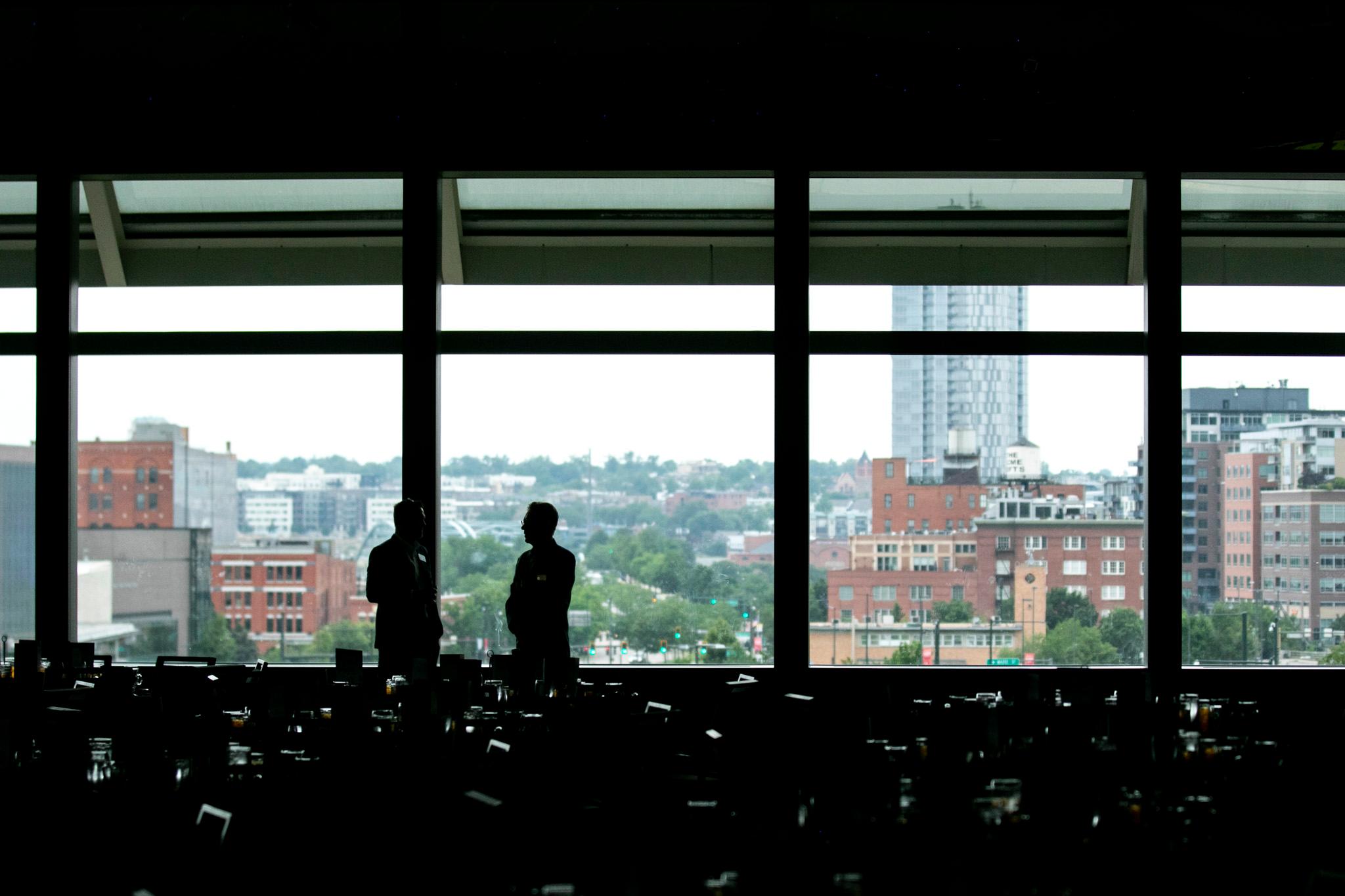Fumes swirled as Madison Hendrickson spray painted an ancient Motobecane bike white Tuesday to honor her dad, Scott Hendrickson, killed by a driver while riding his bike July 12.
The machine, Scott's oldest bike according to his wife, will soon become a memorial. The ghost bike will sit idle at the crash site near Bayaud Avenue and Tejon Street in Valverde as a reminder of the 62-year-old's life -- and the dangers of traveling around city streets designed almost solely for cars.
"I'd like to see his face," Scott's wife, Shelly Kaveney Hendrickson said while holding back tears, "and then I'd like to say to the city, look at Seattle. Look at the models that work. And do what they do."
Another ghost bike will honor 37-year-old Alexis Bounds, a mother who died last Wednesday when a truck driver ran her over at Bayaud and Marion Street in Country Club.
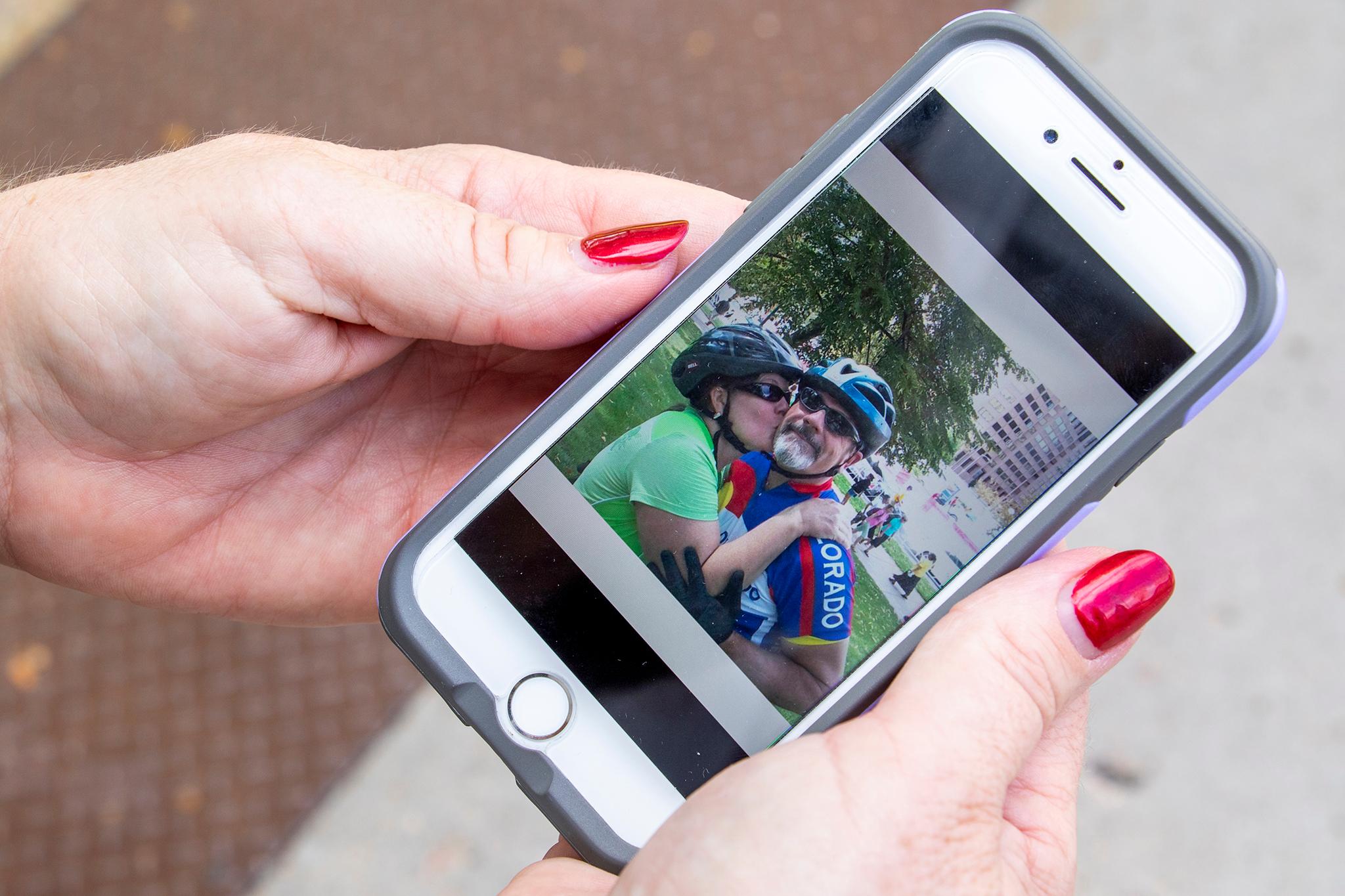
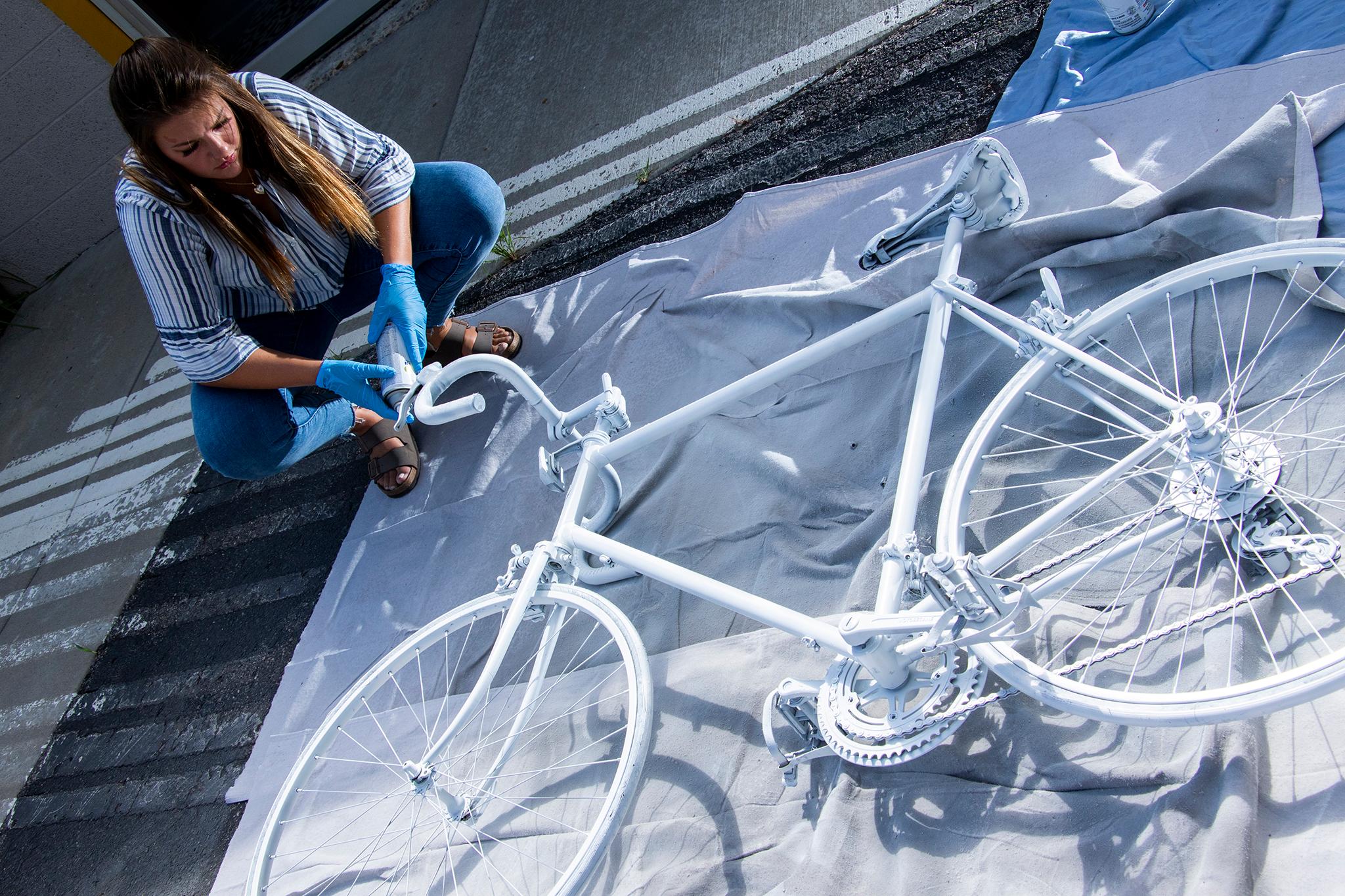
The ghost bikes are just two outcomes of the recent deaths. Critical Mass, a protest ride in which bicyclists fill the streets to show unity, will return to Denver on Friday after more than a decade. Advocates from the Denver Streets Partnership will hold a candlelight vigil tonight along the Denver Cruiser Ride's route. Bounds' death even sparked a pro-bicycle monologue on mainstream news.
The victims represent a teeny portion -- 4 percent -- of the people killed traveling around Denver this year, but the outcry seems louder and clearer than ever.
According to Denver Police Department data, 47 people have died on their way from A to B so far in 2019, including two people hit by trains. Fifteen were pedestrians, who are 30 times more likely to die in a crash than people in cars, according to Denver Public Works. Ten victims were riding motorcycles. Twenty people were in cars.
Seattle, a denser city with a similar population to Denver, saw 14 traffic deaths all of last year.
Some victims died without any media coverage, like Matthew Irey, who was killed while walking on East Evans Avenue on July 15.
Many, like Sonia Lugo, were killed on Denver's "high injury network," a set of streets responsible for half of Denver's traffic deaths, according to the Vision Zero Action Plan, a document aimed at ending traffic violence with changes to infrastructure, enforcement and education.
"Crashes are not accidents; with the right actions and commitment, they are preventable," the official city document states.
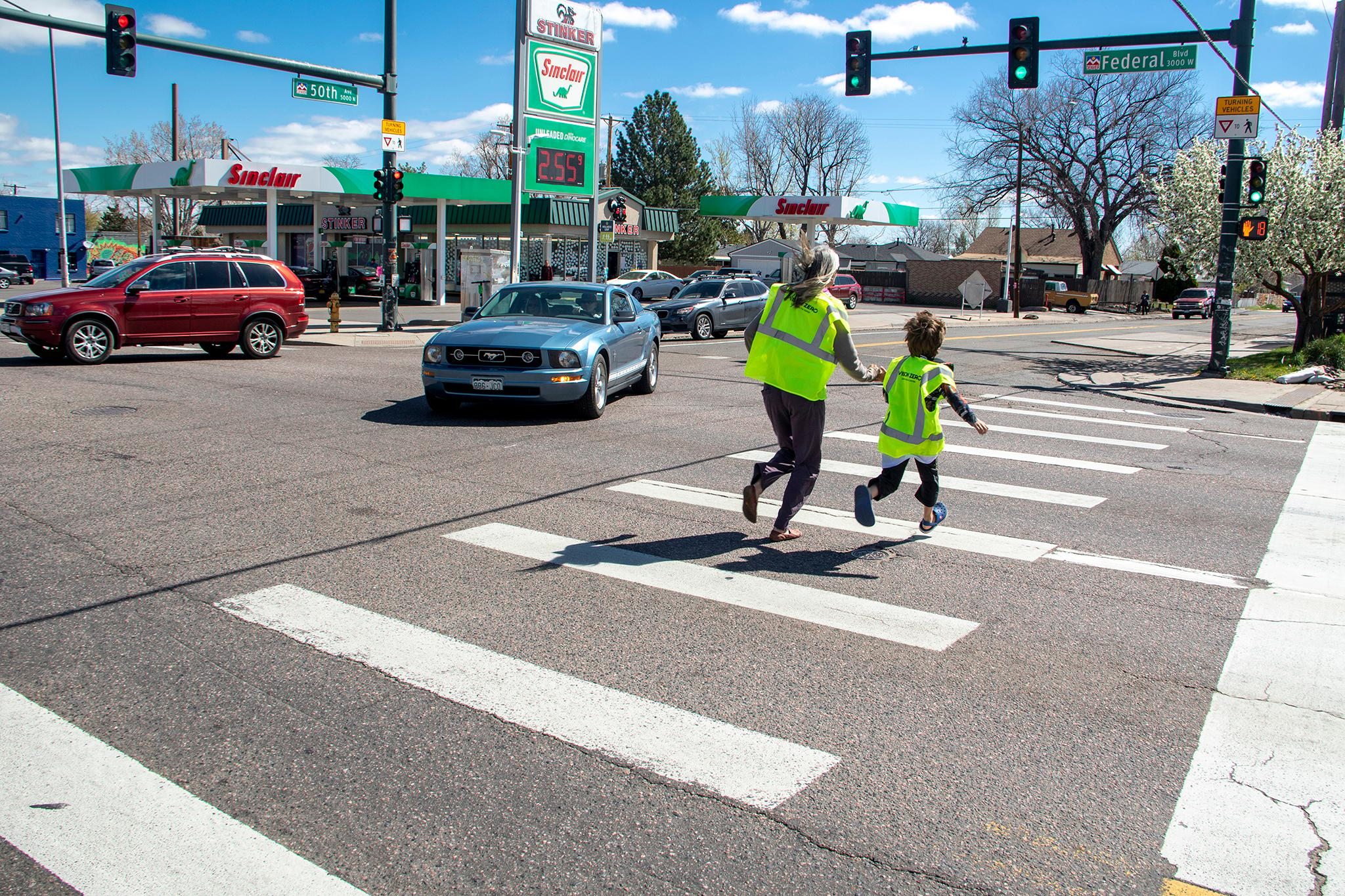
A semi truck driver struck and killed Dominic Valdez in a "community of concern," a label the city uses to prioritize street fixes in neighborhoods that suffer from lower-than-average incomes, education and healthiness. Neighborhoods like these tend to fall in the city's "inverted L" of marginalized areas, which tend to be communities of color.
"It doesn't seem newsworthy to the people in those communities," said WalkDenver Executive Director Jill Locantore. "It's just, you know, daily life for them. Some are low-income and may feel less empowered to express their outrage."
Audi Padilla, Valdez's partner, is pregnant with Valdez's baby.
"I can't blame the whole incident on the semi truck," Padilla told Denverite, "but there have been multiple big car accidents in the same place."
Padilla said she wants to see tougher licensing requirements. The death has energized her to join the safe streets movement (after her baby is born).
Advocates want to highlight every traffic death every time to prevent future ones. But not all crashes grab the media with such poetic injustice.
Hendrickson was a well-known bike advocate, and Bounds died on a street where some neighbors are fighting a safer bike lane because they fear it will be ugly.
It's easy for people who ride bikes to feel like they're part of a community -- and use that energy to rise up -- because they're a minority of travelers, according to WalkDenver's Locantore. Everyone is a pedestrian at some point. So there's no natural "pedestrian community" to rise up and fight for safer streets. It's similar with drivers.
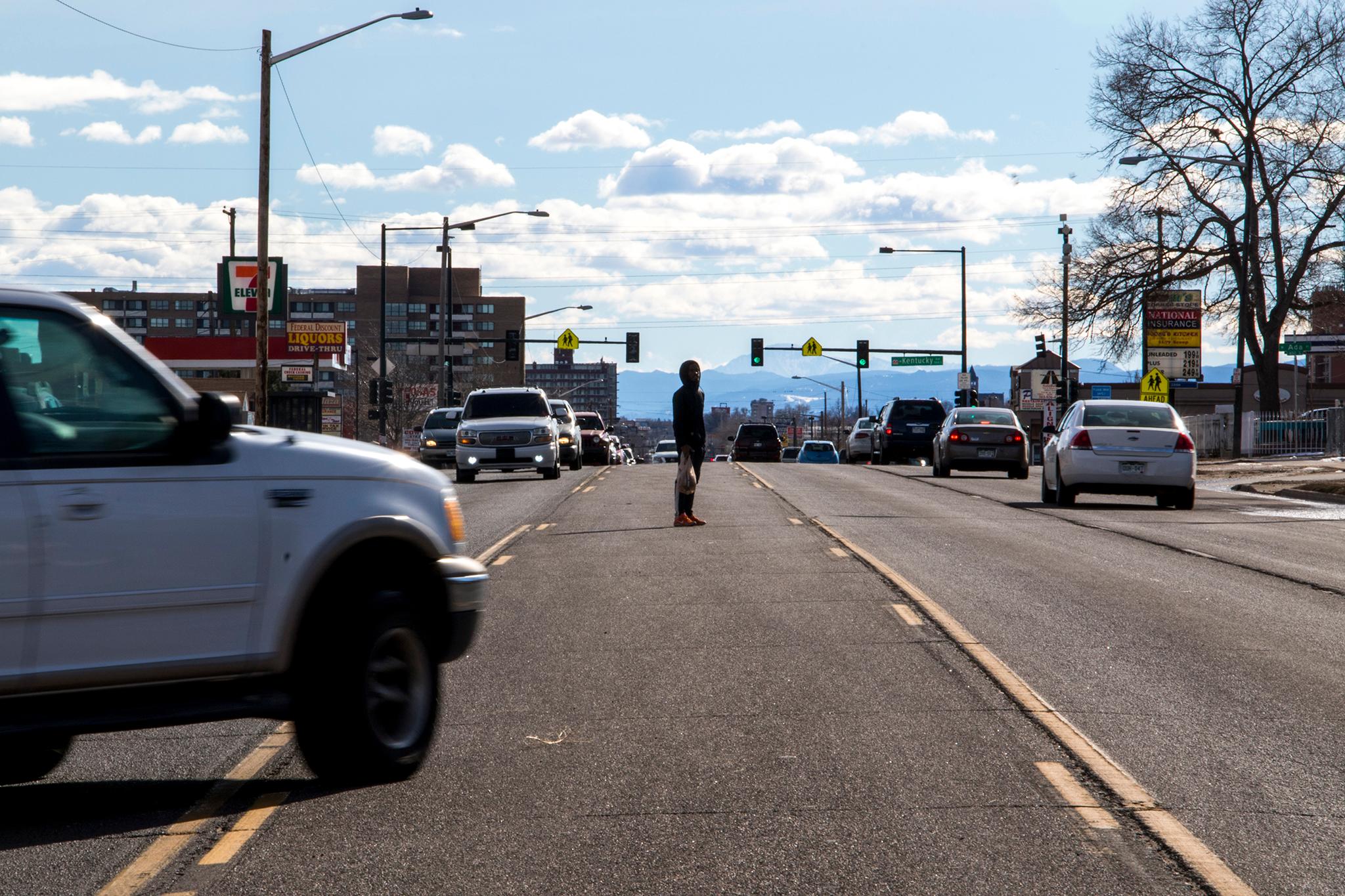
Yet Denver's most vulnerable residents tend to be Denver's most vulnerable street users. According to the Vision Zero Action Plan, 39 percent of traffic deaths and 47 percent of pedestrian deaths occur in lower-income, minority neighborhoods -- an outsize proportion for their size.
"A lot of the pedestrian fatalities happen in parts of town that are low-income communities, communities of color, where victims walk often because they have to," Locantore said. "Of course there are low-income bicyclists too."
Despite grassroots movements and several plans of attack from the Hancock administration, traffic violence -- against people of all modes -- is an entrenched and unsolved problem in Denver, where 739 people have died traveling since 2005.
The high-profile deaths of Hendrickson and Bounds have not just highlighted a bike lane problem -- they've highlighted an ongoing, age-old citywide emergency.
Public displays and protests are cathartic and important for keeping the city government on its toes, advocates say. But symbolic gestures don't save lives in and of themselves, said Brad Evans, a friend of Hendrickson who organized the ghosts bikes. Infrastructure does.
"Sure, you can say it's a cyclist's fault or it's the driver's fault, but the third wheel is the planners and the process that creates our cities," Evans said. "I think that's the third wheel that nobody's really willing to point the finger at."
Evans has no problem pointing the finger at the Hancock administration. Its Department of Public Works has overpromised and underdelivered since the creation of its citywide bike plan, he said, which sat underfunded for years. Creating space for pedestrians, bikes and buses is key, according to the city's Vision Zero Action Plan.
In Denver, that means repurposing street space from cars, and that means political fights.
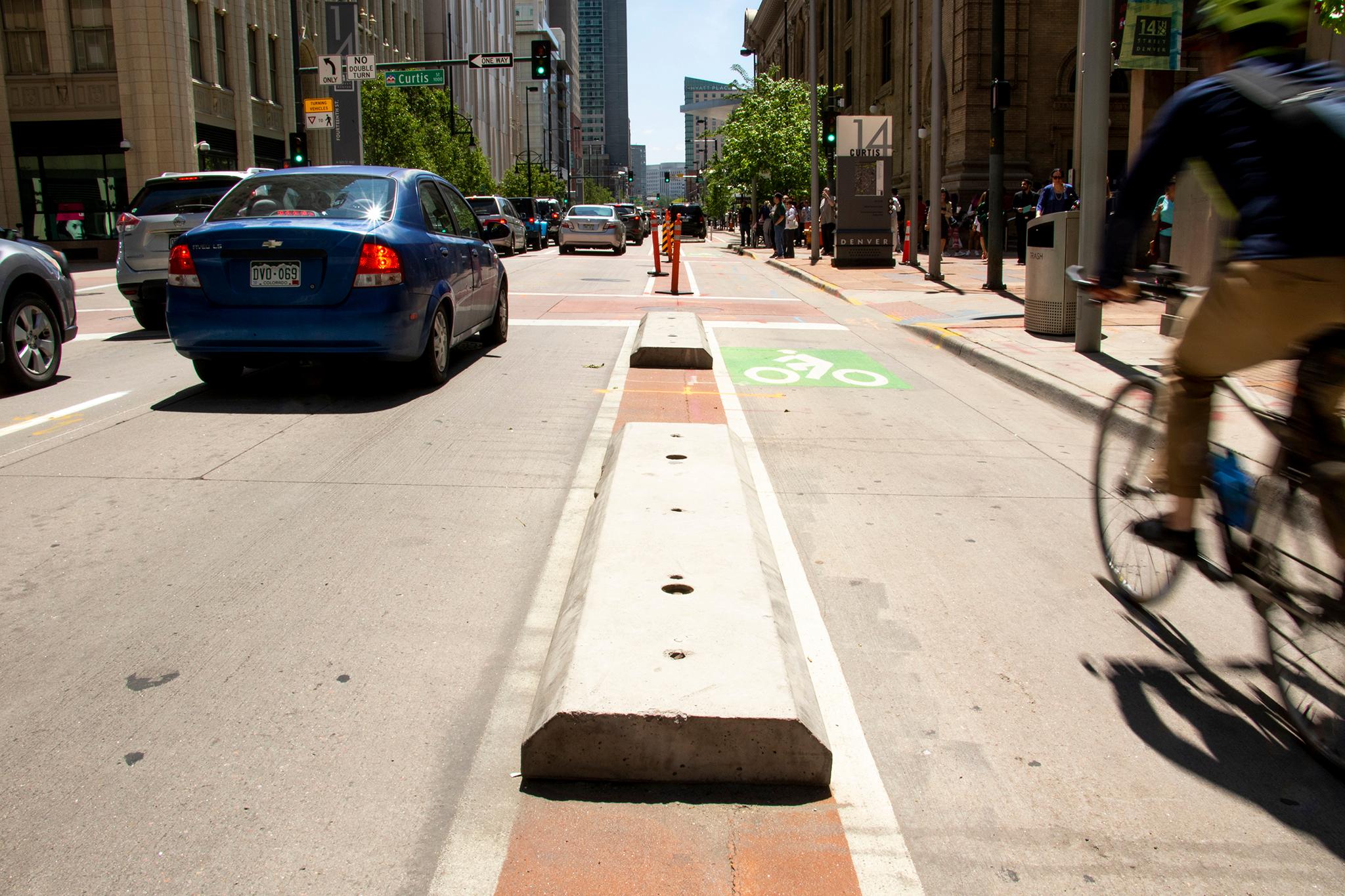
Evans has run out of patience while watching deaths mount and projects wane. He points to the unfinished, half-mile bike lane on South Broadway, which has been in the works for five years and still doesn't connect to the Cherry Creek Trail -- or any other bike lanes.
Without a useful connection, Hendrickson's widow says the city is gesturing, not saving lives.
"It doesn't connect to any other bike infrastructure," Kaveney Hendrickson said. "It's just a token."
Now the Vision Zero Action Plan is front and center, and delivering on it will mean no more traffic deaths by 2030.
The man in charge of ending traffic deaths in Denver is Eulois Cleckley, head of Denver Public Works. He is a transportation expert who has visited Copenhagen and Seville, Spain, to influence Denver's streets.
Since taking over in late 2017, Cleckley's department has installed things like bike lanes that are physically separated from traffic, a handful of roundabouts meant to calm driving speeds, intersections with flashing beacons to protect people crossing the street, and brighter street lights.
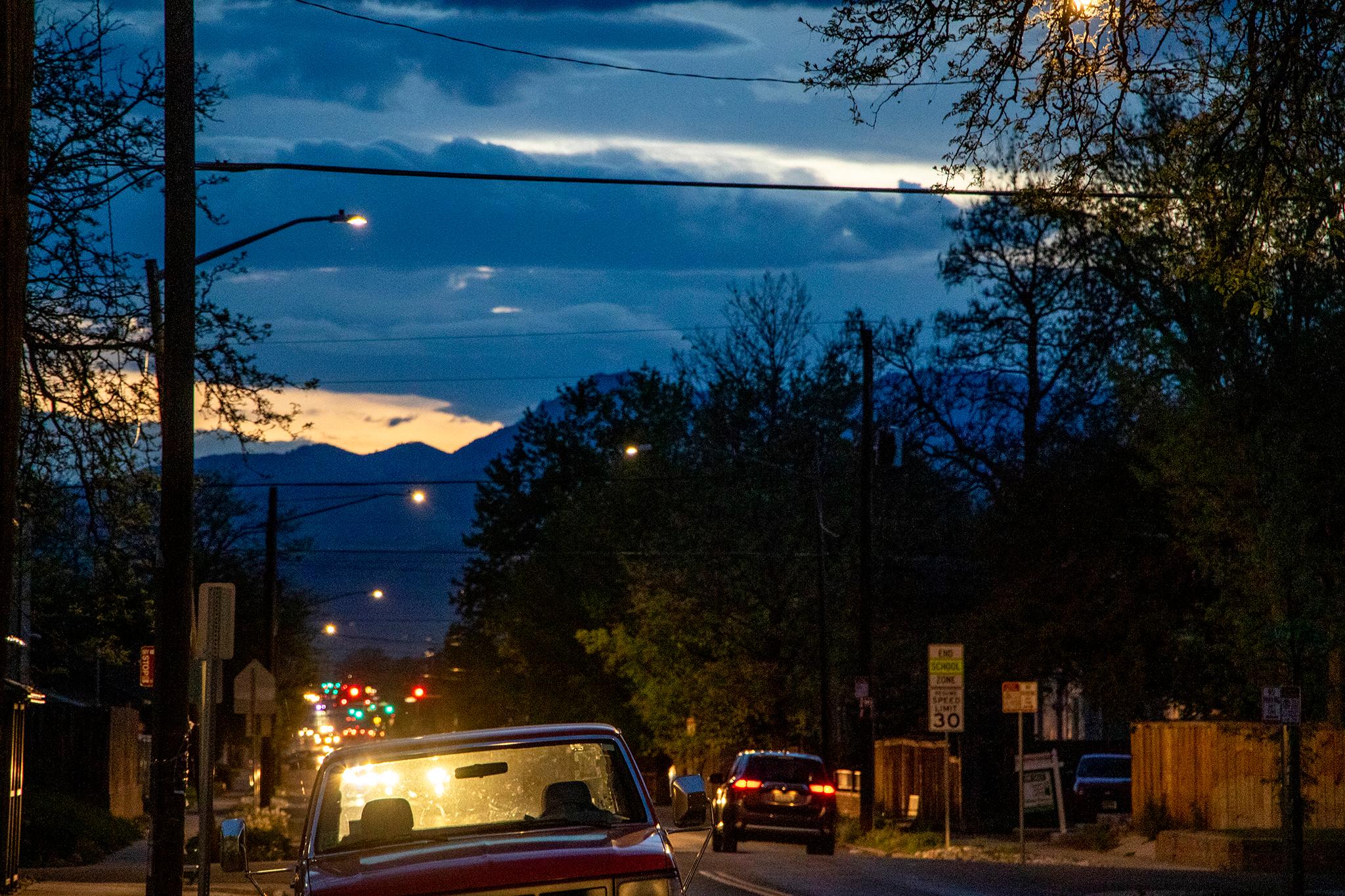
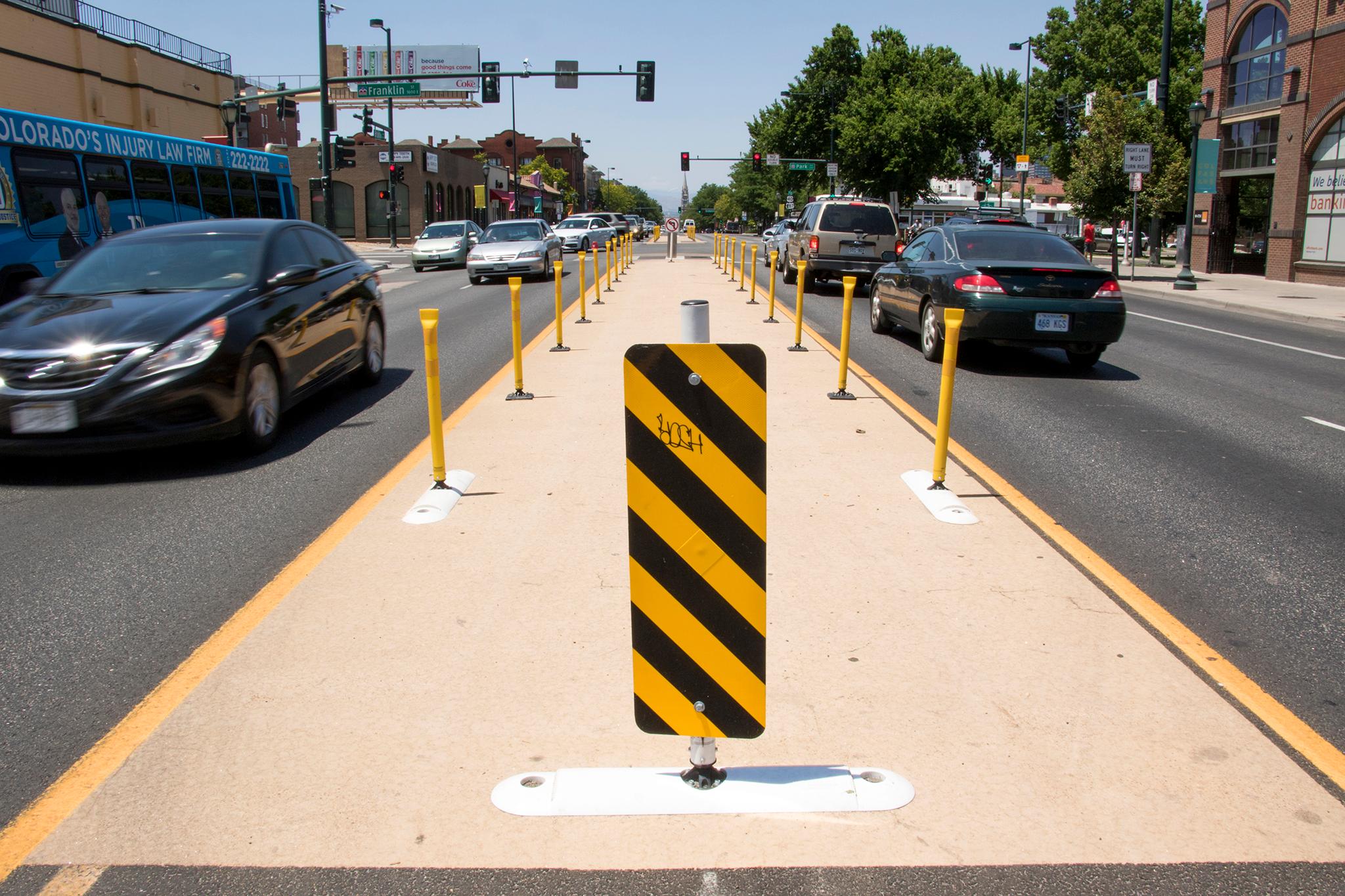
Crosswalks citywide will become "high-visibility" crosswalks, according to DPW. Hancock, Cleckley's boss, has promised about 325 miles of bike lanes by the summer of 2023, 125 of them new.
But the fatal trend continues.
"It's going to take a culture change that won't happen overnight," Cleckley said. "A steady drumbeat."
Hancock hired Cleckley to reorganize the entire public works bureaucracy to elevate transportation and ready the division for its debut as a cabinet-level department later this year. To change the culture, Cleckley has some assurances: New street projects will prioritize safety -- even if it means fewer parking spaces for cars or frustrating neighbors with a new-look street. Denver's streets are out of balance, he says, and need to be calibrated.
"We're pivoting away from doing the bare minimum," he said. "We want to create the highest quality bike facilities as we get feedback."
He says his nimbler staff will deliver projects faster, too, even if it means some people aren't happy.
"You do not go work for public works thinking you're going to please everyone," Cleckley said. "We have 700,000 commutes and not everyone commutes the same. Some people will find value in the project some won't. It's just the nature of the changes being made."
While the deceased friends, families and safe streets advocates wait, Denver will almost certainly see more people killed en route -- more than 30 more, if this year's trend continues.

